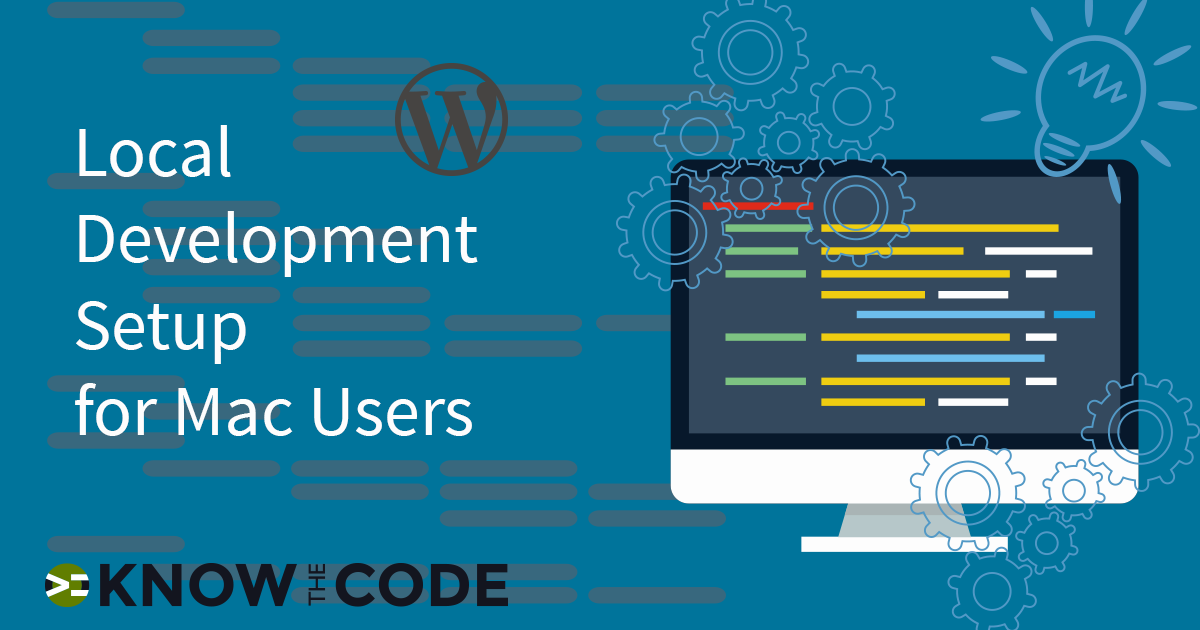Navigate to /Applications/MAMP and double-click MAMP.app. The MAMP Control Panel opens. You can also install the MAMP Control dashboard widget as described in MAMP/README.rtf, which enables you to start and stop servers. Click Preferences to open the Preferences panel, then select the Ports tab. Setting up the MAMP PHP/MySql Environment on Windows We will install the MAMP bundled PHP/MySql system. Installing the MAMP (or similar) bundle is much easier than installing all the components separately. Pre-Requisite: Atom, TextWrangler or some other Programming Editor.
By default, XAMPP has no passwords set and it is not recommended to run XAMPP with this configuration as it is accessible to others.

Simply type the following command (as root) to start a simple security check:
sudo /opt/lampp/lampp security
Now you should see the following dialog on your screen:
XAMPP: Quick security check...
XAMPP: MySQL is accessable via network.
XAMPP: Normaly that's not recommended. Do you want me to turn it off? [yes] yes
XAMPP: Turned off.
XAMPP: Stopping MySQL...
XAMPP: Starting MySQL...
XAMPP: The MySQL/phpMyAdmin user pma has no password set!!!
XAMPP: Do you want to set a password? [yes] yes
XAMPP: Password: ******
XAMPP: Password (again): ******
XAMPP: Setting new MySQL pma password.
XAMPP: Setting phpMyAdmin's pma password to the new one.
XAMPP: MySQL has no root passwort set!!!
XAMPP: Do you want to set a password? [yes] yes
XAMPP: Write the passworde somewhere down to make sure you won't forget it!!!
XAMPP: Password: ******
XAMPP: Password (again): ******
XAMPP: Setting new MySQL root password.
XAMPP: Setting phpMyAdmin's root password to the new one.
XAMPP: The FTP password for user 'nobody' is still set to 'lampp'.
XAMPP: Do you want to change the password? [yes] yes
XAMPP: Password: ******
XAMPP: Password (again): ******
XAMPP: Reload ProFTPD...
XAMPP: Done.

(1) Setting a password will protect the XAMPP demo pages (http://localhost/xampp/) using this password. The user name is 'lampp'!
Setting Up Mamp Pro For Wordpress
After running this command, your XAMPP installation should be more secure.
